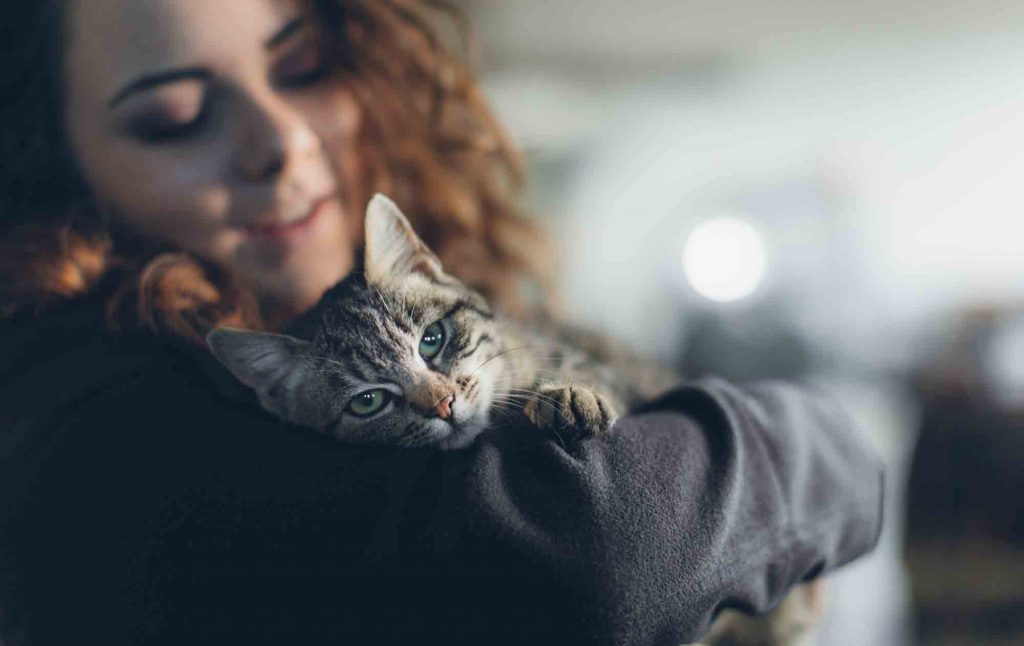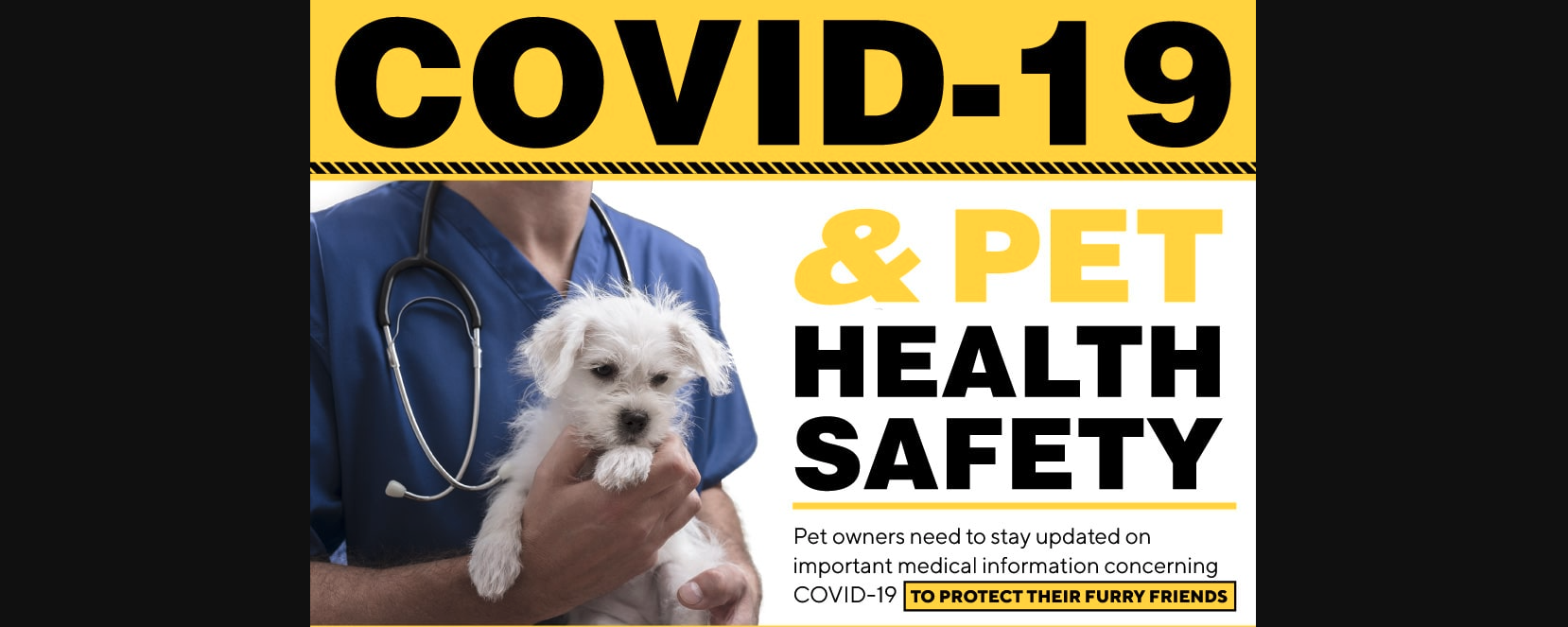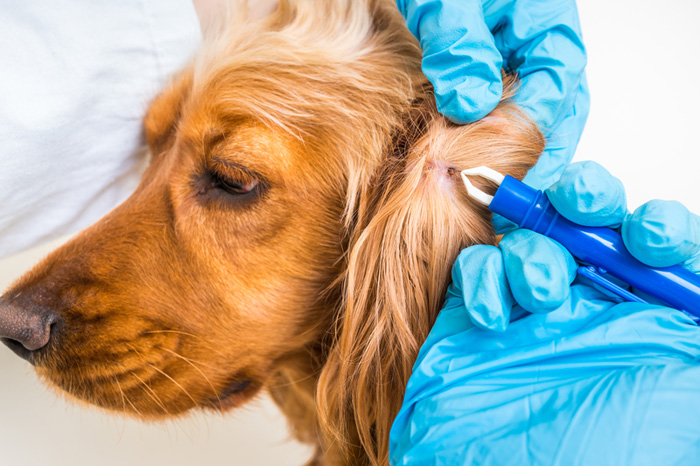12 Common Cat Health Problems Owners Need to Know About

12 Common Cat Health Problems Owners Need to Know About
Cats are wonderful, long-lived pets.
Anyone who has had the pleasure of sharing their life with a furry feline surely knows this. With an average lifespan of approximately 15 years, they are the purrrfect choice for animal lovers!
However, it is important to keep cat health problems in mind. Before adding a kitty to your home, be aware of these common cat diseases and health issues:
- Obesity
Indoor housecats are particularly prone to becoming overweight. Too many treats and not enough exercise is a recipe for obesity, joint pain, and future liver issues. The ideal weight is 8-12 lbs.
- Cancer
Roughly one in five cats is diagnosed with cancer. Though treatable, any mass of tumors or malignant skin tissue may require surgery.
- Feline Leukemia Virus
FeLV is a disease spread among cats through saliva, blood, urine, and milk. It attacks a cat’s immune system and sadly is a leading cause of death among felines in the U.S.
- Fleas
A cat who obsessively scratches, itches, and bites at their fur may unfortunately be hosting fleas. These parasites feast on blood and lay eggs to replenish their populations. Cats with fleas will sport unsightly bald patches. The good news is fleas are highly treatable!
- Respiratory Infections
When a virus or bacteria enters a cat’s body, they may become ill with respiratory infections affecting the eyes, nose, and throat. Sick cat symptoms include: sneezing, fever, congestion, a cough, and open mouth breathing or panting.
- Lower Urinary Tract Disease
Cats with bladder and urethra problems have what is known as FLUTD. These conditions can all bring on painful urination and discomfort.
- Gingivitis
When the gums become inflamed and a cat stops eating, it’s possible they have a dental disease. Gingivitis leads to bad breath, excessive drooling, and bleeding around the teeth.
- Heartworm Disease
Sudden weight loss, vomiting, and asthma-like attacks could be a sign that a cat is infected with heartworms. When a mosquito bites a cat, heartworm larvae can travel into the feline’s body. Left untreated, this can result in heart failure and permanent organ damage.
- Kidney Disease
Senior cats are most likely to experience kidney disease. There are 5 stages, ranging from moderate to severe. Common signs of late-stage kidney disease include: blindness, mouth ulcers, lethargy, vomiting, diarrhea, and dehydration.
- Ringworm
Outdoor cats tend to get ringworm more than their indoor counterparts, though because it is contagious, ringworm fungal spores can be transmitted at the groomers or cat sitters, too. Circular patches of hair loss and red and crusty skin on the head, ears, and front legs are signs of ringworm.
- Diabetes
Type II diabetes is becoming more and more common among felines. Increased thirst, a frequent urge to urinate, and a bigger appetite are symptoms. There is no cure, however with diet (and sometimes insulin shots) it is possible for your cat to maintain regular blood sugar levels.
- Fractures
Lastly, broken bones and fractures can occur. These tend to happen in the legs, pelvis, and tail. Fractures come about when a cat is stepped on or accidentally falls from a great height. Depending on the seriousness of the injury, your cat might heal on its own or require medical attention immediately.
Summary
We all want our feline friends to live happy and healthy lives. That is why it’s important to recognize the signs of illness early! With proper care, your cat will be with you for many special years to come.

Covid-19-and-pet-health-safety
2022-08-12

Separation anxiety in dogs
2021-11-12
© 2021 Copyright 100Percentfur.com




